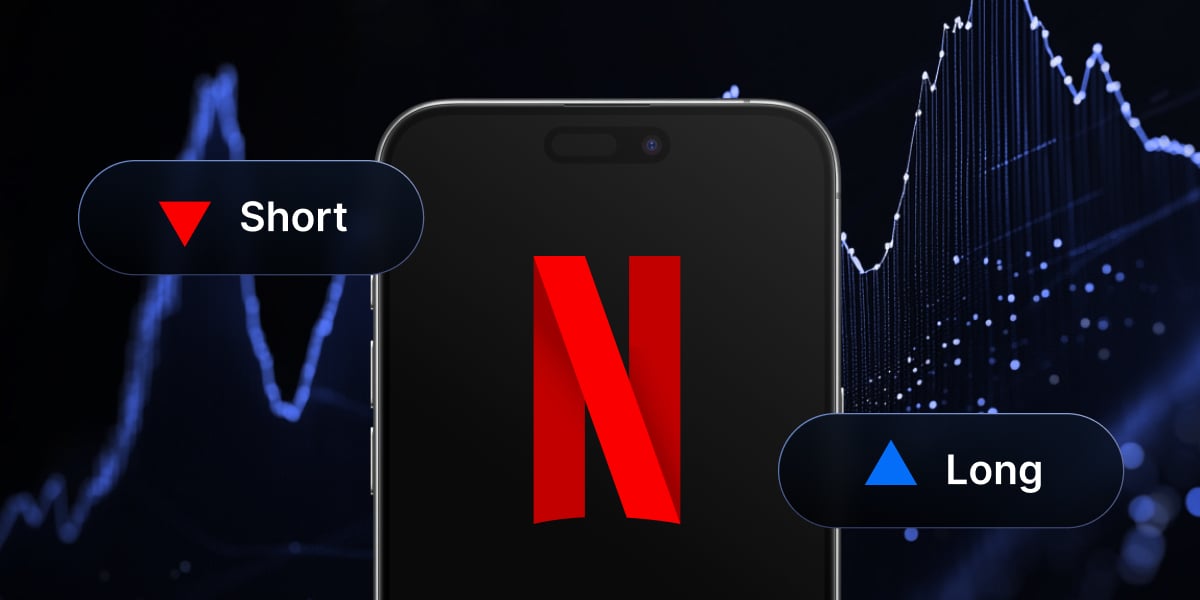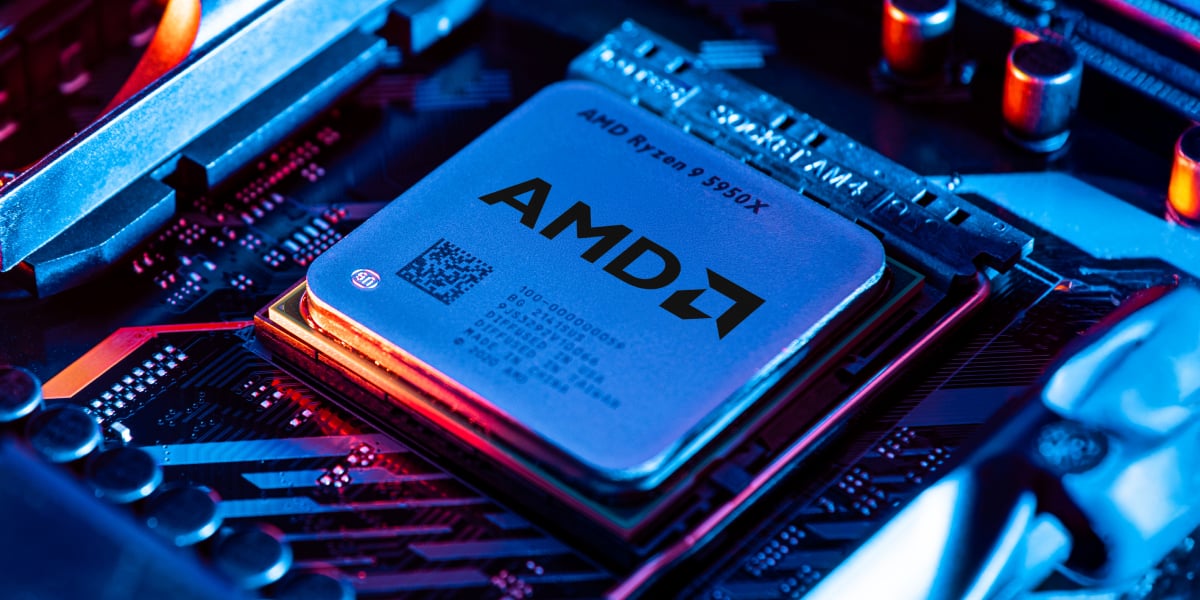The Nasdaq composite index is one of the three most important and popular major stock indices traded on the United States stock market. These three crucial indices are also used as a barometer to the overall economic health of the United States and the companies that exist in the country.
All of the over 3000 individual stocks and other securities included in the index are listed for trading on the New York-based NASDAQ stock exchange.
The Nasdaq composite is so heavily weighted in favor of tech stocks, a separate stock index, the Nasdaq-100 was created. Another separate Nasdaq Financial 100 index exists, further adding to the overall confusion.
This guide aims to clear up any lingering questions regarding the Nasdaq index and all it entails, along with explaining what the differences are between the index and the exchange itself.
Additionally, it will explain how to get started trading the stock index and what options are available to traders.
What is Nasdaq? Introduction to the Nasdaq
The Nasdaq composite index, or Nasdaq for short, is a major United States stock index, consisting of a capitalization-weighted bucket of individual stocks traded on the NASDAQ stock exchange.
The array of stocks is heavily weighted towards US-based tech stocks, such as Apple, Microsoft, Google, and more. Roughly 90% of the index’s composition are tech stocks found in the separate stock index, the Nasdaq 100.

Understanding the Nasdaq
The Nasdaq composite index is a vehicle for investment and an instrument for traders. Investors buy holdings of the assets, while traders more often trade CFDs based on the stock index.
Both categories can generate profit from price fluctuations driven by general market volatility, supply, and demand.
How The Nasdaq Was Created
The Nasdaq was first launched in 1971 at a starting value of only 100. Today it trades well over 10,000 and recently set an all-time high record in 2020.
It now includes over 3000 US stocks or securities. To be eligible for the composite, the stock or security must be exclusively traded on the NASDAQ stock exchange and fall under one of the following categories:
- American Depositary Receipts (ADRs)
- Common Stock
- Limited Partnership Interests
- Ordinary Shares
- Real Estate Investment Trusts (REITs)
- Shares of Beneficial Interest (SBIs)
- Tracking Stocks

Advantages and Disadvantages of the Nasdaq
The most significant advantage the Nasdaq has going for it is the fact that it is heavily weighted toward tech stocks.
Over the last two to three decades, tech stocks have dominated investor returns and helped the United States thrive as an economic superpower.
The dot com bubble and boom acted as the start to the long-term growth, despite initial setbacks after the bubble burst.
As the tech sector grew and companies like Apple, Adobe, Amazon, and so many more generated significant wealth, the popularity of Nasdaq grew, and so did its success.
The biggest disadvantage is easily the confusion that surrounds the name Nasdaq and its several usages, ranging across many different indices to the stock market and parent company itself.
Although, when US investors are referring to the Nasdaq, they are most commonly talking about the Nasdaq composite index.
How is the Nasdaq Calculated?
The Nasdaq composite index takes the market capitalization of all companies listed on the NASDAQ stock exchange and applies a capitalization-based weighting formula.
It is calculated by taking the total value of the share weights of all listed stocks, multiplied by each security’s closing price. It is then divided by an index divisor to make reporting more reasonable and readable.
The total market cap is estimated to be $10 trillion. It is ranked second only behind the New York Stock Exchange, otherwise known as NYSE.
What is Nasdaq 100?
The Nasdaq 100, also called the Nasdaq Tech 100, is a smaller capitalization-weighted index featuring 103 securities issued by the top 100 tech companies traded on the NASDAQ stock exchange.
While “the Nasdaq” in the United States typically refers to the overall composite index consisting of more than 3000 securities, the term is often used interchangeably with the Nasdaq 100.
Because the Nasdaq composite is so heavily weighted toward tech companies as is, the Nasdaq 100 is a popular alternative.
Different methodology and rebalancing are used with the Nasdaq 100. For example, if one company accounts for a quarter or more of the index, a rebalancing will take place.
How To Trade Nasdaq
The Nasdaq composite index has grown from 1971 from just 50 companies and a starting value of 100 to over 3000 companies and 10,000 points.
Investing in tech stocks has historically proven extremely profitable for investors, and these US-based tech companies represent the largest in the world.
Traders, however, can trade the volatility that occurs during major macroeconomic events such as recessions, natural disasters, wars, pandemics, and more.
During the dot com bubble, the Nasdaq ballooned due to tech stocks but later crashed when the bubble burst. Investors were devastated, but volatility that remained was ideal for traders.
Investors and traders who continued to hold the index and stayed bullish on tech stocks were ultimately rewarded when the internet became widely adopted.
Since then, the Nasdaq has enjoyed relative stability, until recently. The stock market is experiencing record-breaking volatility, the Nasdaq, and other indices included. An incredible opportunity is here once again for investors or traders.
Traders can utilize both swing trading and active day trading techniques to profit from the wild volatility and rapid price movements in the stock index. The same technical analysis indicators can be used for each trading style, along with similar risk management strategies.
What Time Does The Nasdaq Open?
The Nasdaq composite index opens for trading each day at 9:30 AM Eastern Time on weekdays.
What Time Does Nasdaq Close?
The Nasdaq composite index closes each daily trading session at 4:00 PM Eastern Time, Monday through Friday.
The Nasdaq trades roughly 250 trading days a year, but is also available trading after market hours as futures. Many CFDs are based on Nasdaq futures pricing.
Nasdaq CFD Trading: Everything You Need To know
CFD trading is the best way to gain exposure to the Nasdaq without having to own the underlying asset.
What is CFD Trading?
CFD stands for contract for difference and essentially acts as an agreement between a buyer and seller to settle a contract later at the settlement price, with the difference in price determining if a profit or loss is made. Learn more.
Advantages and Disadvantages of CFD Nasdaq
These contracts represent the underlying asset, allowing traders to get in and out of position a lot faster and more efficiently.
There are often far fewer requirements necessary to utilize a CFD trading platform versus traditional equities brokers. There are also usually fewer fees associated with CFDs.
CFDs can be designed by the broker to include long or short positions or additional movement amplification through leverage.
The only significant downside to CFDs is that due to the risk associated with leverage, some US-based investors may not be able to utilize the trading instruments in some regions. Traders should check with their local laws and jurisdictions to see if they fall under these restrictions.

Conclusion: Trade Nasdaq and Other Stock Index CFDs with PrimeXBT
Now that the benefits of Nasdaq trading are clear, and you are now well-versed in both the major US stock index and the stock exchange and know the difference between the two, you can consider trading the Nasdaq yourself.
To try Nasdaq CFD trading, register for PrimeXBT, an award-winning Bitcoin-based margin trading platform offering CFDs on forex, cryptocurrencies, commodities, and major stock indices like the Dow Jones Industrial Average, the S&P 500, and the Nasdaq.
Specifically, PrimeXBT offers exposure to the Nasdaq 100 index, through the platform’s USTech100 CFD. Other stock indices representing other regions and counties outside of the US are also offered, such as DAX 30 and NIKKEI.
The advanced trading platform offers long and short positions on the Nasdaq and other trading instruments, as well as stop loss and take profit protection orders.
Built-in technical analysis tools are also offered, complete with a wealth of indicators and oscillators to assist traders with developing a sound trading strategy.
With careful planning, proper risk management, anyone can create a winning trading plan.
PrimeXBT offers a low minimum deposit of just 0.001 BTC, so getting started requires very little capital or risk.
Accounts are kept safe, locked away behind bank-grade security, two-factor authentication, and much more.
Registration takes just 60 seconds or less, and a helpful 24/7 live support team is ready for any assistance you may need.
What is the Nasdaq Definition?
Nasdaq meaning the composite index is a major US stock index featuring over 3000 companies traded on the NASDAQ stock exchange.
What Does The NASDAQ Stand For?
NASDAQ stands for National Association of Securities Dealers Automated Quotations
How Many Companies In the Nasdaq?
The index started with just 50 companies, but today has grown to over 3,000 unique companies from the United States.
What Companies Are In the Nasdaq?
The most popular companies listed in the Nasdaq include Apple, Adobe, Google, Microsoft, Dell, Amazon, and thousands of others. The current list tops over 3000 so no one company is ever that significant in the weighting.
Where Can You Trade the Nasdaq?
Register for PrimeXBT today to trade the Nasdaq and many other popular global stock indices, forex currencies, commodities, and cryptocurrencies like Bitcoina and Ethereum.
The financial products offered by the Company are complex and come with a high risk of losing money rapidly due to leverage. These products may not be suitable for all investors. Before engaging, you should consider whether you understand how these leveraged products work and whether you can afford the high risk of losing your money.
The Company does not accept clients from the Restricted Jurisdictions as indicated in our website/ T&C. Some services or products may not be available in your jurisdiction.
The applicable legal entity and its respective products and services depend on the client’s country of residence and the entity with which the client has established a contractual relationship during registration.




